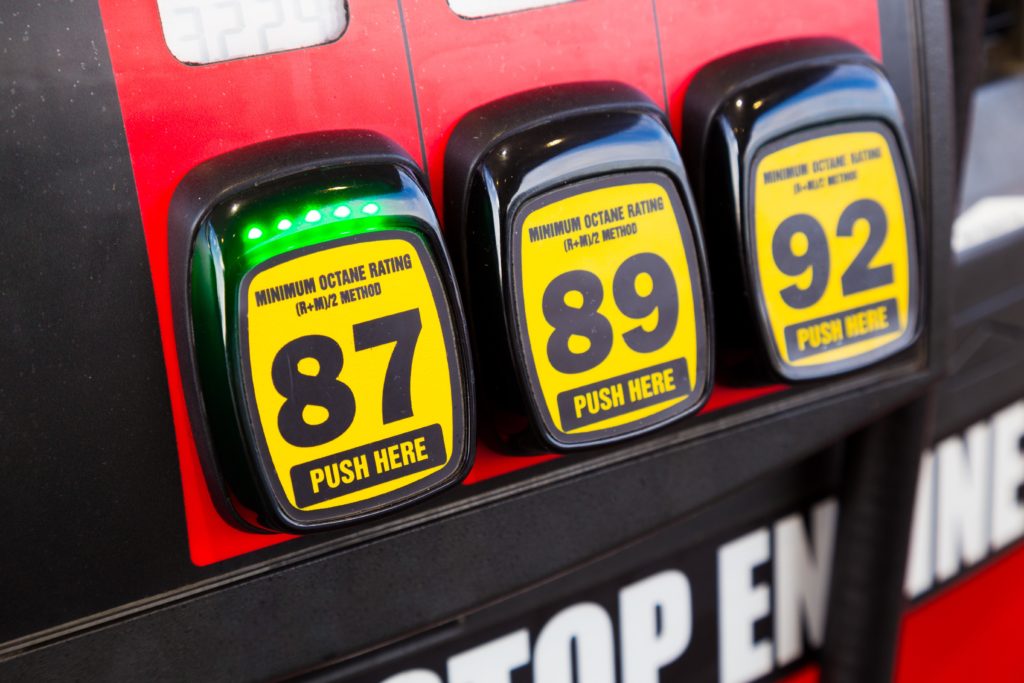Last month, gasoline prices reached an all-time high, prompting many drivers to search for ways to improve fuel economy. As a result, the internet quickly became abuzz with fuel-saving tips and tricks designed to grab the attention of web surfers.
While there is a lot of good information from reputable sources, there are also some fuel-saving schemes that are a complete waste of money. Anyone who remembers the Tornado—a gimmicky gas-saving device from the early 2000s—knows just how absurd these products can be.
There are also some fuel-saving strategies that are downright dangerous. And obviously, it’s not worth risking your safety or that of other drivers to eke out a couple more miles per gallon.

5 Fuel Economy “Hacks” To Avoid at All Costs
If you were to believe everything you read online, you’d probably be eating Tide pods and handing your life’s savings over to a Ponzi scheme. As we all know, not all advice is good advice, so you have to keep your wits about you.
These days, everyone is looking to maximize their car’s gas mileage. But you’ll want to pass on the following fuel economy “hacks” to stay safe and avoid wasting money.
1. Over-Inflating Your Car’s Tires
You might have heard that over-inflating your car’s tires can reduce rolling resistance, thereby improving fuel economy. While that theory might hold true in some instances, it’s dangerous to inflate your car’s tires beyond the vehicle manufacturer’s recommended specifications.
Driving with over-inflated tires reduces handling and increases the chance of a blowout. Ride quality also suffers, which means you’ll be less comfortable while driving.
Instead of over-inflating your car’s tires, you should always set the pressure to the vehicle manufacturer’s specifications. You’ll find the recommended pressure listed on a placard inside the driver’s side door jamb.

2. Turning the Engine Off at Stoplights
Many late-model vehicles have an auto start-stop system that turns the engine off at stoplights and stop signs. What you have to remember, though, is that those systems instantaneously turn the engine back on when you take your foot off the brake pedal.
But it’s a whole different story when you turn the engine off manually when coming to a stop. You’ll have to fumble around with the ignition switch and the gear selector to get the car going again, which can impede traffic and be dangerous.
Turning the engine off at each stoplight can also cause additional wear and tear to a starting system that isn’t designed for the task. As such, any minor savings you might accrue from implementing this strategy could be offset by a repair bill down the road.
3. Adding Gizmos That Claim To Boost Mileage
There’s never any shortage of cheap gizmos that are supposed to effortlessly increase your car’s fuel mileage. The Tornado, which we touched on earlier, is a classic, but there are also plenty of new gimmicks on the market.
Take, for example, the ECO OBD2—a device that plugs into your car’s onboard diagnostic port for an alleged immediate improvement in fuel economy. Supposedly, the device tunes your car’s engine management system to improve gas mileage by 15% to 30%, all without driver intervention.
Sure, it sounds great, but according to TMR and other sources, the device is nothing more than an LED light show that can’t even communicate with your car.
And you can bet that similar devices from other brands are just as worthless. After all, if maximizing fuel economy was as easy as plugging in a device under your dashboard, don’t you think vehicle manufacturers would be employing the technology?
4. Putting Your Car in Neutral While Coasting Downhill
In an attempt to save fuel, some drivers choose to shift into neutral to reduce engine speed. But this strategy is both dangerous and (if you drive a modern car) ineffective.
First of all, if you find yourself in an emergency situation, you’ll have to fumble around to put the vehicle back into gear before being able to accelerate out of harm’s way. When the car is in neutral, you also give up engine braking—a phenomenon that occurs when the throttle closes, creating a vacuum that the engine’s internal components have to work against.
When the transmission is in neutral, the counterforce from engine braking is no longer sent to the drive wheels. In some cases, that can cause the friction brakes to work harder, potentially leading to brake fade.
What’s more, modern vehicles have a “deceleration fuel cut-off mode” that turns off the fuel injectors when the vehicle is coasting downhill and in gear. So, you’re not saving any fuel by shifting into neutral.
5. Tailgating Trucks To Reduce Wind Resistance
Believe it or not, some drivers tailgate semi-trucks in an attempt to reduce wind resistance and improve fuel economy. Obviously, the practice, which is referred to as drafting, is dangerous because it could cause you to have a rear-end collision with a truck. It’s definitely not worth risking your life to save a couple of miles per gallon.

Fuel Economy Hacks That Actually Work
You definitely want to avoid the fuel-saving hacks listed above. There are, however, some legit tips and tricks that can help you boost your car’s fuel economy. You can learn more by checking out our article: 15 Fuel Economy Hacks That Can Save You Money at the Pump.
Any information provided on this Website is for informational purposes only and is not intended to replace consultation with a professional mechanic. The accuracy and timeliness of the information may change from the time of publication.















Is it possible to reach a techican.